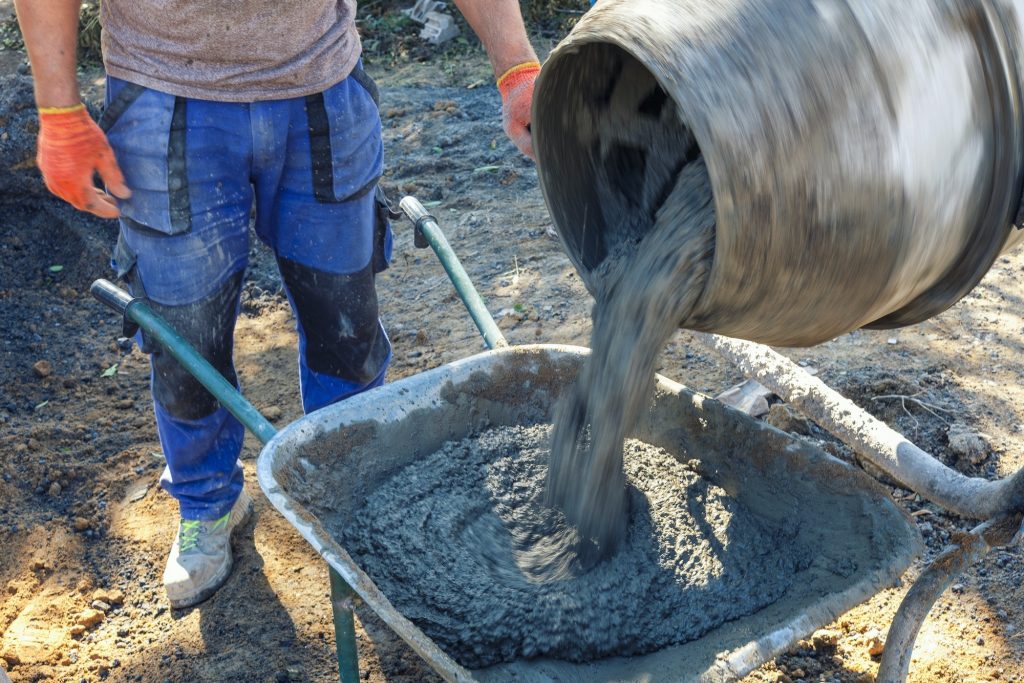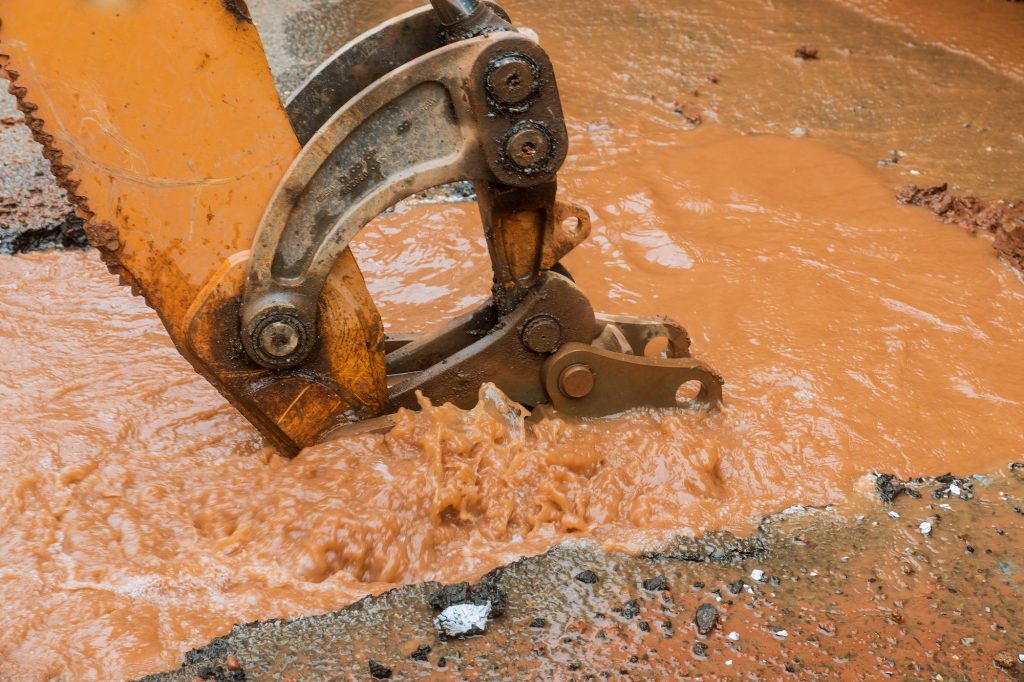Water is an essential component of human life, and it is important to ensure that the water we consume is clean and free from contaminants. However, many contaminants can find their way into our water supply, such as bacteria, viruses, pesticides, and heavy metals. In this article, we will discuss how to detect contaminants in your water supply so that you can take the necessary steps to protect yourself and your family.
Understanding Water Contaminants
Before we dive into how to detect contaminants in your water supply, it is important to understand what water contaminants are and the potential health risks they pose. Water contaminants are any substance, chemical, or microorganism that can harm human health. These contaminants can be naturally occurring or human-made, and they can find their way into the water supply through various sources, such as runoff, industrial waste, or sewage.
Some of the common water contaminants include bacteria, viruses, parasites, heavy metals, pesticides, and industrial chemicals. These contaminants can cause a range of health problems, such as diarrhoea, nausea, vomiting, neurological disorders, and even cancer. Therefore, it is essential to monitor the water supply and take action if there is any indication of contamination.
Signs of Contaminated Water
One of the first signs of contaminated water is a change in the taste, smell, or colour of the water. For example, if your water smells like rotten eggs or has a metallic taste, it could indicate the presence of sulfur or lead in the water. If the water is cloudy or has a brownish tint, it could be due to sediment or rust in the pipes. These changes in water quality can be caused by various factors, such as ageing infrastructure, chemical spills, or natural disasters.
Another sign of contaminated water is the presence of health symptoms in people who drink the water. If you or your family members experience symptoms such as nausea, vomiting, diarrhoea, fever, or skin rashes after drinking the water, it could indicate the presence of contaminants in the water.
Testing Your Water Supply
If you suspect that your water supply may be contaminated, it is important to test the water to confirm the presence of contaminants. There are several ways to test your water supply, including:
Home Test Kits
Home test kits are available in many hardware stores and online retailers. These kits can test for various contaminants, such as lead, bacteria, nitrates, and pesticides. They are easy to use and provide quick results, but they may not be as accurate as professional testing.
Professional Testing
Professional testing involves sending a water sample to a laboratory for analysis. This type of testing is more accurate than home test kits and can detect a broader range of contaminants. However, it is more expensive and may take longer to receive the results.
Municipal Testing
Municipalities are required to test the water supply regularly and provide annual water quality reports to their customers. These reports include information on the levels of contaminants detected in the water and any health risks associated with the contaminants. If you are concerned about the quality of your water supply, you can request a copy of the report from your municipality.
Protecting Your Water Supply
Once you have identified the presence of contaminants in your water supply, it is important to take action to protect yourself and your family. Some of the steps you can take include:
Boiling Water
Boiling water is an effective way to kill bacteria and other microorganisms in the water. Bring the water to a rolling boil for at least one minute, then let it cool before drinking.
Filtering Water
Water filters can remove many contaminants from the water, such as chlorine, lead, and pesticides. There are many types of water filters available, such as activated carbon filters, reverse osmosis filters and ultraviolet disinfection systems. It is important to choose a water filter that is certified by a reputable organization, such as NSF International. Different types of water filters are designed to remove different types of contaminants, so it is important to choose a filter that meets your specific needs.
Bottled Water
If you are unable to boil or filter your water, you can purchase bottled water as an alternative. However, it is important to choose a reputable brand that has been tested for contaminants.
Contacting Your Water Supplier
If you have identified a problem with your water supply, such as a broken pipe or contamination, it is important to contact your water supplier immediately. They can guide what steps to take and may be able to provide temporary solutions, such as providing bottled water or repairing the problem.
Regular Maintenance
Regular maintenance of your plumbing and water supply system can help prevent contamination from occurring. For example, replacing old pipes, checking for leaks, and keeping the area around wells and septic systems clean can all help reduce the risk of contamination.
Conclusion
Detecting contaminants in your water supply is essential for ensuring the health and safety of yourself and your family. By understanding the signs of contaminated water, testing your water supply, and taking action to protect your water supply, you can help prevent health problems and ensure that you have access to clean, safe water.



